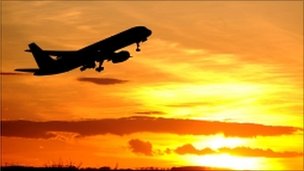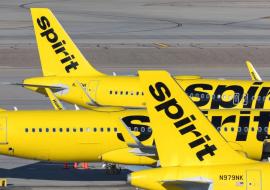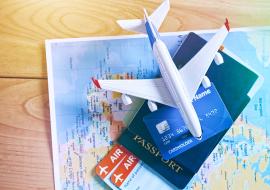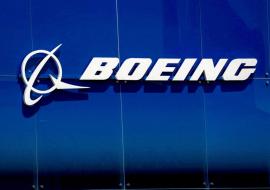IATA Says Rising Fuel Costs Mean Sharp Fall in Airline Profits

IATA Says Rising Fuel Costs Mean Sharp Fall in Airline Profits
The International Air Transport Association (IATA) further downgraded its 2011 airline industry profit forecast to $4 billion. This would be a 54 percent fall compared with the $8.6 billion profit forecast in March and a 78 percent drop compared with the $18 billion net profit (revised from $16 billion) recorded in 2010. On expected revenues of $598 billion, a $4 billion profit equates to a 0.7 percent margin.
“Natural disasters in Japan, unrest in the Middle East and North Africa, plus the sharp rise in oil prices have slashed industry profit expectations to $4 billion this year. That we are making any money at all in a year with this combination of unprecedented shocks is a result of a very fragile balance,” said Giovanni Bisignani, IATA’s director general and CEO. “The efficiency gains of the last decade and the strengthening global economic environment are balancing the high price of fuel. But with a dismal 0.7 percent margin, there is little buffer left against further shocks.”
The cost of fuel is the main cause of reduced profitability. The average oil price for 2011 is now expected to be $110 per barrel, a 15 percent increase over the previous forecast of $96 per barrel. For each dollar increase in the average annual oil price, airlines face an additional $1.6 billion in costs. With estimates that 50 percent of the industry’s fuel requirement is hedged at 2010 price levels, the industry 2011 fuel bill will rise by $10 billion to $176 billion. Fuel is now estimated to comprise 30 percent of airline costs—more than double the 13 percent of 2001.
“We have built enormous efficiencies over the last decade. In 2001, we needed oil below $25 per barrel to be profitable. Today, we are looking at a small profit with oil at $110 per barrel,” Bisignani said.
This fuel price spike is substantially different from the one that occurred in 2008. First, while oil inventories are low, there is substantial spare OPEC and refinery capacity, which was not the case three years ago. Second, the monetary expansion that fueled a surge in financial investments in commodities is ending, which will remove a major upward pressure on fuel prices. Nonetheless, volatility in the fuel prices remains one of the industry’s major challenges.
Despite high energy prices, world trade and corporate earnings continued to improve. As a result, global GDP projections increased by 0.1 percentage points to 3.2 percent, which is supporting continued growth in demand for air transport. However, growth rates for both cargo and passenger markets have been revised downward because of higher fuel costs.
Passenger demand is now expected to grow 4.4 percent over the year, a full 1.2 percentage points below the 5.6 percent previously forecast in March. Similarly, cargo demand is expected to increase 5.5 percent and not 6.1 percent as predicted earlier.
Latin American carriers will be the only region to deliver a third consecutive year of profits. The regional economies continue to show good growth, and trade links with the U.S. and Asia in particular are boosting traffic.














